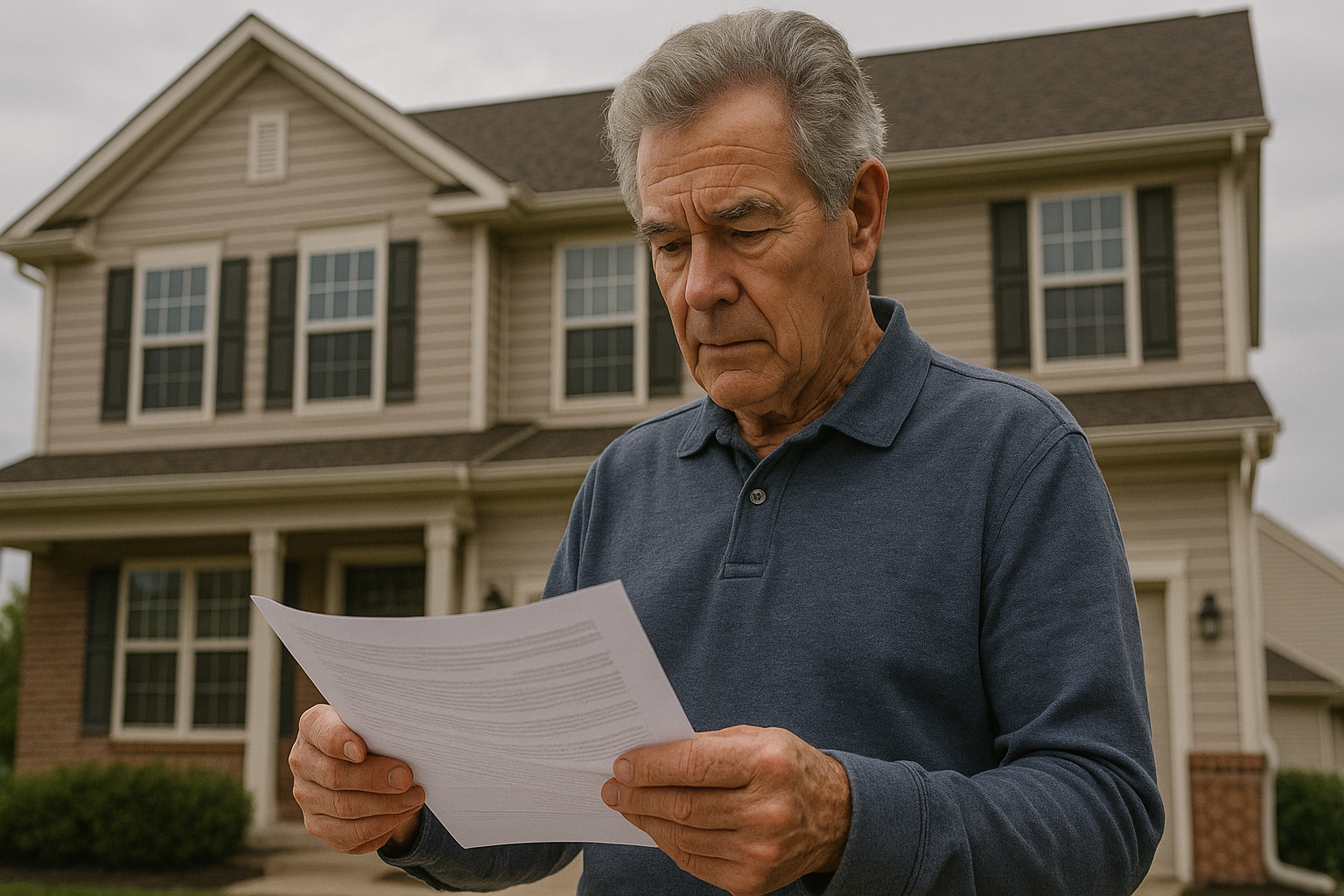Top Tips for Older Adults Navigating the Home Insurance Market

Smart home insurance tips for older adults
For many older adults, a home is more than a place to live—it’s a major asset, a source of stability, and often a legacy for family. Yet navigating the home insurance market can feel daunting, especially with rising premiums, aging home systems, and the realities of a fixed or predictable income. Unique factors such as seasonal travel, visiting caregivers, and the presence of medical or mobility equipment can also change your risk profile and influence what coverage you truly need.
In this blog, we will provide practical, step-by-step tips on how to find affordable home insurance for your needs.
Why Home Insurance Matters for Older Adults?
Home insurance matters for older adults because it protects your biggest asset—the home—and the equity you’ve built over decades. It helps manage location-specific risks (like hurricanes, wildfires, hail, severe freezes, or floods) that can cause costly damage, which is especially important if you live in a high-risk region. On a fixed or predictable income, a significant loss can upend your budget; insurance converts that uncertainty into a manageable premium and deductible. Liability coverage safeguards your savings if a visitor, caregiver, or contractor is injured on your property or if you accidentally damage someone else’s property. Personal property coverage helps repair or replace belongings—furniture, electronics, heirlooms, and essential medical or mobility equipment—so you can recover faster without draining savings.
Tips to Find Affordable Home Insurance
Shop Around and Compare Quotes
Get 3 to 5 quotes and consider using an independent agent who can shop multiple carriers for you. Compare apples-to-apples: the same dwelling limit, liability limit, deductibles, and endorsements (like water backup or ordinance/law) so price differences are meaningful. Prioritize insurers with strong financial ratings and proven claims service—paying slightly more for a stable company can save headaches after a loss. Don’t chase the lowest premium if it comes with lower coverage limits, higher deductibles, or gaps; make sure you’re getting solid protection at a fair price.
Optimize Your Deductible
A deductible is the amount you pay out of pocket on a covered claim before your insurance pays the rest. To lower your premium, choose the highest deductible you can comfortably afford from your emergency savings—raising it from a low level to a higher one often reduces your rate significantly. This approach saves money year after year, discourages small claims that can trigger surcharges or nonrenewals, and keeps coverage focused on major losses. Just don’t set it so high that a sudden repair would strain your budget; the deductible should be realistic to pay on short notice.
Bundle Policies
Bundle your home insurance with other policies—most commonly auto—with the same provider to unlock multi‑policy discounts and streamline coverage. Benefits include immediate premium savings, simpler billing and account management, coordinated claims handling if the same event damages your home and car, and fewer coverage gaps because one insurer sees the full picture. You may also qualify for extra loyalty perks or coverage enhancements. Still compare the combined price and coverage against separate policies at each renewal to ensure bundling remains the best deal.
Increase Home Safety
Improve home safety and security to lower your risk—and your premium—since insurers often discount well‑protected homes. Add or upgrade a centrally monitored burglar and fire alarm, smart deadbolts, exterior lighting, video doorbells/cameras, smoke and CO detectors, and water‑leak sensors with auto‑shutoff. Make loss‑prevention improvements: replace old roofs or install impact‑/hail‑resistant shingles, hurricane shutters or impact windows, seismic retrofits, sump pumps with battery backup, and lightning surge protection.
Look for Senior or Retiree Discounts
Ask about “senior” or “retiree” discounts—many insurers lower premiums for older adults or those fully retired because being home more often can reduce losses. You may need proof of age, retirement status, or membership in groups like AARP. Confirm the discount amount and whether it stacks with other savings, and compare offers across multiple insurers since eligibility and percentages vary.
Review Coverage Annually
Review your home insurance annually to ensure it matches your current needs and you’re not paying for coverage you no longer require. Life and home changes—such as renovations, roof replacement, security upgrades, downsizing, or selling valuables—can shift what limits and add-ons you need. Update dwelling and personal property limits to reflect current replacement costs, remove outdated endorsements, and add any missing protections (e.g., water backup, ordinance, or law) only if they’re relevant.
In the end, navigating home insurance is about balancing solid protection with a fair price so you can enjoy lasting peace of mind. Keep your coverage current with annual reviews, ask for senior/retiree and bundling discounts, credit safety upgrades, and set a deductible you can comfortably afford. Know your home’s rebuild cost, remove any unnecessary add-ons, and compare quotes at renewal—or lean on a trusted independent agent for guidance. With a clear plan and periodic check-ins, you’ll stay well protected without overpaying.
Popular Products
-
 Classic Oversized Teddy Bear
Classic Oversized Teddy Bear$23.78 -
 Gem's Ballet Natural Garnet Gemstone ...
Gem's Ballet Natural Garnet Gemstone ...$171.56$85.78 -
 Butt Lifting Body Shaper Shorts
Butt Lifting Body Shaper Shorts$95.56$47.78 -
 Slimming Waist Trainer & Thigh Trimmer
Slimming Waist Trainer & Thigh Trimmer$67.56$33.78 -
 Realistic Fake Poop Prank Toys
Realistic Fake Poop Prank Toys$99.56$49.78